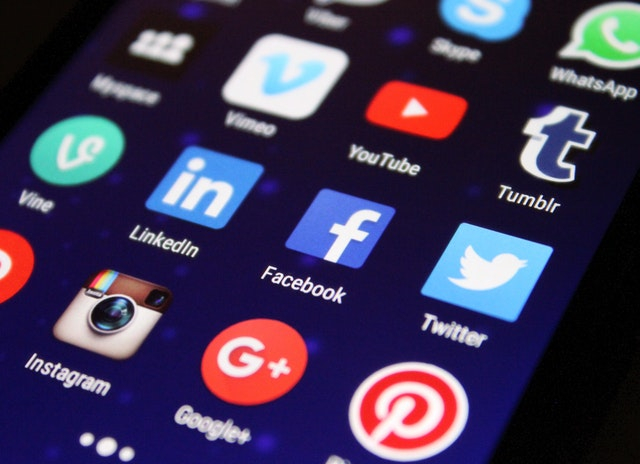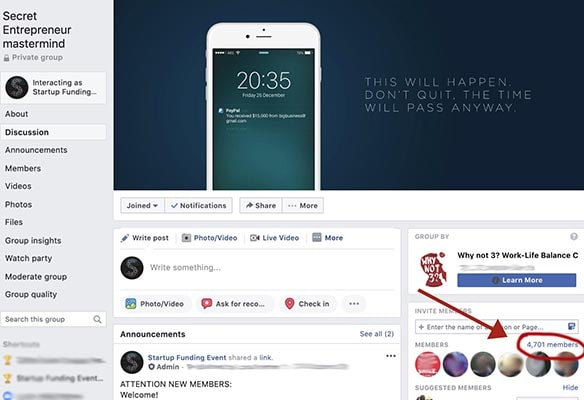Impact Talks is a podcast with influential speakers from all over the world. We are dedicated to encouraging growth and innovation within startups and scale-ups.
For episode 2, we had the pleasure of having Emilio Risques as our guest. As the Innovation Vice President for Europe, Middle East, and Africa at Asics, he gave us a lot of new insights about how you can turn your idea into a profitable business. We also spoke about how Asics helps startups with their accelerator program.
Who is the man behind ASICS’ Innovation?
During our talk, Emilio shared some of his experiences while working at a family business, Life Fitness and Asics.
After finishing school and working for a corporation Emilio joined the family business. This was all well before the term “startup” was even a thing. His father started the business in recycling plastic bottles. They started selling flooring made from recycled plastic as well. After working at the family business for some years it was time for a new challenge.
Accepting his new role with Life Fitness inn Spain, Emilio and his team grew from 0 to 20 people in 3 years. After 4 exciting years at Life Fitness, Asics approached Emilio to take charge of brand expansion in Spain. Later on, Emilio also started managing brand expansion in Portugal and France. After several years, Emilio became the Innovation Vice President for Europe, Middle East, and Africa. In this post, we want to share some of the tips and insights Emilio gave us on startups and scale-ups.
Bringing your startup to life
From the struggles of running a family business to creating a team of 20 people at Life Fitness, Emilio shared the things he learned from working at and with startups during his career. Here are some of the tips from Emilio on how to turn your idea into a startup.
-
Don’t assume
This might seem like a no brainer, but this tip goes a long way. When you start working on your idea you should make sure that you validate every decision you make. If you don’t do this, you are at risk of investing time and effort into something that customers might not want. A great book to read about validating business ideas is: The Mom Test by Rob Fitzpatrick. This book will help you to understand what your customers really want!
-
Lots of ideas are invented well before they ever become big
In our fast-changing world with technological advancements, there are more opportunities than ever. Look at how many businesses started with the rise of the internet. Those business ideas might have been around for a long time but were made possible by the rise of the internet.

Today we face the coronavirus. This global pandemic has us all working from home. As a result, digital communication businesses have skyrocketed (look at Zoom). Changes in time mean changes in opportunity! A great example is that of Tesla. In 1832 Robert Anderson developed the first electric car. It took another 180 years before Tesla released the first game-changing electric vehicle.
When you’re brainstorming your idea, ask yourself these two questions;
Do consumers want this product?
Is the technology ready for it?
-
Your strategy should match the size of your business
Every business needs a strategy, that includes your startup. When you design your strategy, you can look at other successful businesses. Try to learn from their strategy and implement their best practices into your own. When doing this you have to consider how the strategy will affect your startup. As your startup grows, you can experiment with and implement new strategies.

-
Cleary allocate roles
Once your startup is ready for growth, you are going to need help. You might need someone to help you with sales or finance. Since the startup is still small, you might all end up wearing many hats within the company. This is likely to result in conflict and can slow down decision making as well. To avoid conflict Emilio suggests that you clearly allocate roles. This is not to say that your CFO can only think about the financial aspect. Your CFO can give input, challenge product development whilst making team decisions. However, once you agree on something, that decision should not be challenged afterward.
“There is a time to challenge, a time to agree and a time to execute”
Growing your startup
After working on your startup for some time, it has grown bigger. The time has come for your startup to transition to the next phase. In this scale-up phase, you will face many new challenges. Here are Emilio’s tips to go through this transition with success.
-
Hiring
At some point you will have to start hiring new people. Never underestimate the importance of selecting the right people during this phase. Many startups fail because they grow very fast and don’t hire the right people. You have to keep in mind that every person you hire will have an effect on the culture of your startup. When you grow fast and hire people that don’t match with your culture it can have a negative effect on your business. When hiring new people you should be matching applicants with:
- Culture fit between the applicant and company
- Skills
- Personality
To know if a person is a match with the culture of your startup you will need to have a clear picture of your culture. You can use a test like Companyculturetest to analyze your company culture.
-
Creating teams

Once your startup grows you will have to start creating teams. This goes back to the tip of role allocation. It is important that everybody knows what their role is to avoid conflicts. You should try putting different types of people together in one team. This way you can create diversity within the team. By doing that you will create a team where people will challenge each other (in a good way). You can use the True Colors test by Don Lowry to help put together a team of different personalities.
-
Evolving into a leader
In the beginning, you will likely be involved in all aspects of your startup. From sales and marketing to product development. As your startup grows you should grow as well. Your focus has to shift from small details to the bigger picture. You have to become a leader! This transition to becoming a leader can be difficult. With some startups, you see that the founder will take a step back and an experienced CEO will take over.
A closer look into Asics’ collaboration with startups
Emilio also shared with us how Asics is working together with startups in a unique way. Asics is not just investing money into startups that they find promising. Asics is truly working together with the startups in their program. This means that startups that are in the program have access to many of the resources that Asics have. To successfully work together with startups Asics has to make 2 things happen:
- The startup has to slow down
- The corporation has to speed up
By meeting in the middle Asics can successfully work together and ensure the best result for both parties.
The program also allows Asics to see if divisions from the corporation can function as startups. By putting their own teams through the program they can test new business models and products.
Let’s grow!
Hopefully, the tips and insights that Emilio has shared with us will help you in your startup journey! For more tips and tricks about starting your own business you can read our other blogs on this topic:
A Guide for Starting an Impact Business: Your Startup, Your Baby
Life as an Entrepreneur: 10 things to avoid
Community

Congratulations on reaching the end!
Check out our podcast Impact Talks, where you can listen to high-profile experts from various backgrounds!
Join our Facebook Group Community with over 4,700 entrepreneurs, innovators, and creators by Startup Funding Event, where you get access to free live training, daily Q&As, design templates to get your business started, and support from the SFE team. Join here!







